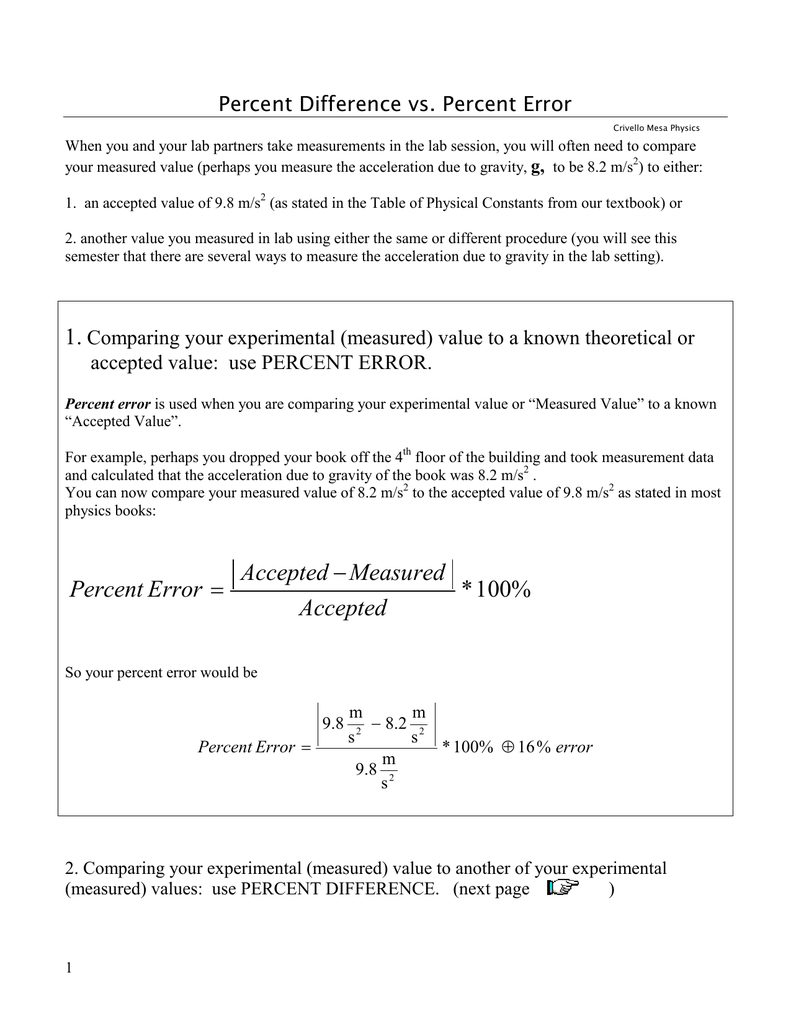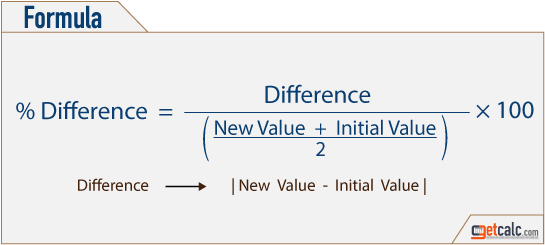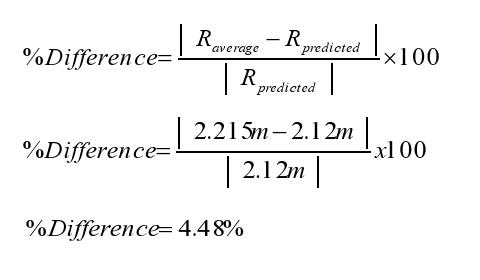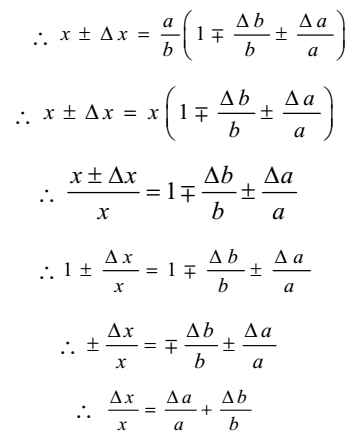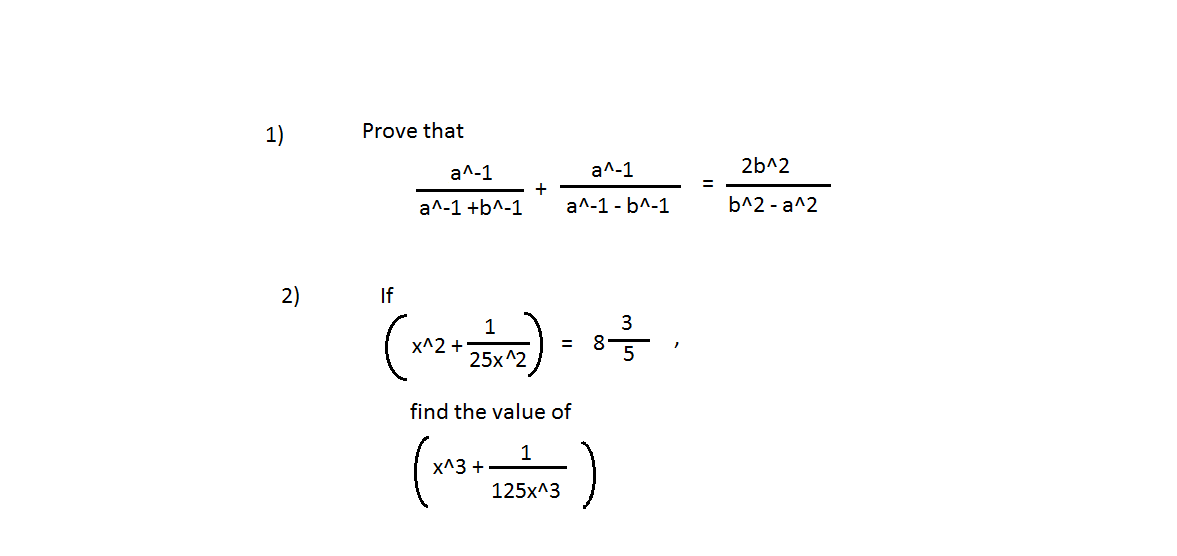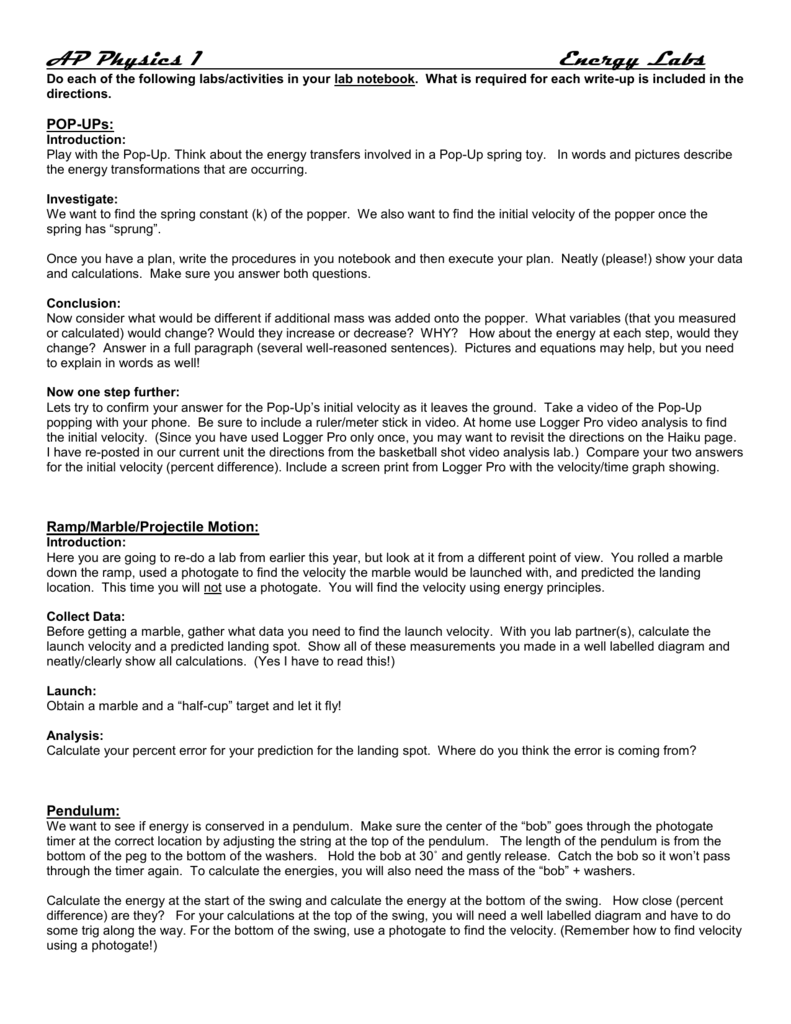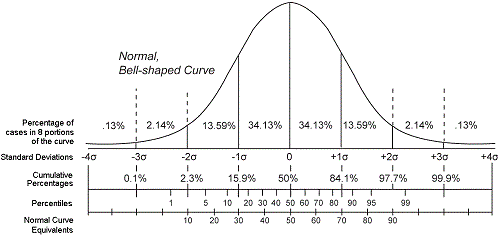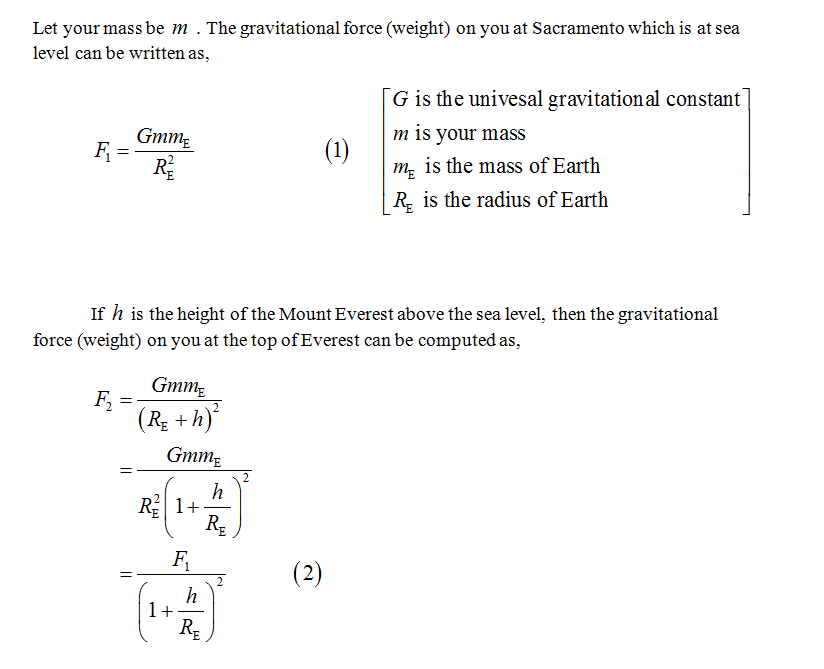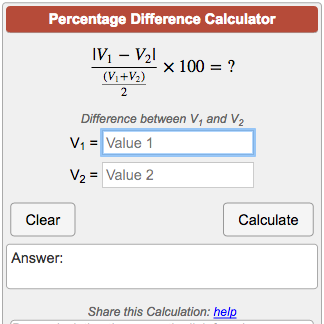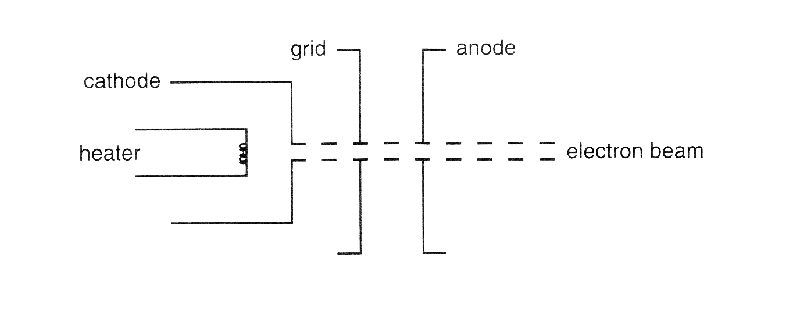How To Find Percent Difference Physics
Work out the difference increase between the two numbers you are comparing.

How to find percent difference physics. Increase increase original number 100. In the definition below theoretical is the value that is determined from theory ie calculated from physics equations or taken as a known or accepted value like g. To compare this with the result of 102 ms 2 from the first experiment you would calculate the percent difference to be. For example we can say that 5 is 20 of 25 or 2 is 5 of 40.
Solve for percent difference. Then divide by. 5 1100 40 200100 2. Percent difference is calculated as the difference between two values divided by the average of the two values expressed in terms of percentage.
Suppose you obtained a value of 995 ms 2 for g from a second experiment. Percent difference formula percent difference formula is obtained by dividing the absolute value of change by the average of the values and then multiplying it with 100. Percent difference calculator solving for percent difference given two measured or experimental values. Note both measured values need to be positive.
Percent difference equations formulas calculator math science physics chemistry biology. Percentage difference equals the absolute value of the change in value divided by the average of the 2 numbers all multiplied by 100. Increase new number original number. To recall a per cent simply means a part per 100.
V 1 v 2 v 1 v 2 2 100. Is the answer negative. Convert this into a percentage multiply by 100 and add a sign. We then append the percent sign to designate the difference.
Percentage difference d v s v 2 100. Going back to our last example if we want to know what is 5 of 40 we simply multiply all of the variables together in the following way. Percent difference first value second value first value second value 2 100. To calculate the percent difference between a final value and an initial value also called percent charge you subtract the initial value from the final value divide this by the initial value and multiply the result by 100 to convert the decimal value into a percentage as the answer.
Subtract one value from the other. To calculate the percentage increase. Divide the increase by the original number and multiply the answer by 100.

Can Somebody Explain How To Find Percentage Difference With All Steps Because I Didnt Understand That Physics Kinetic Theory 13213607 Meritnation Com

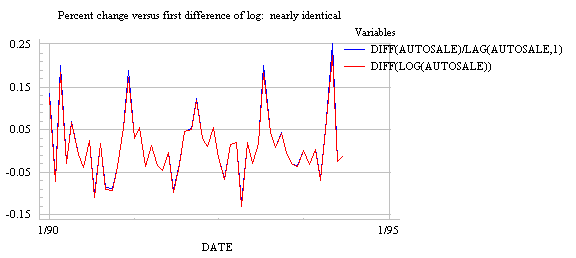




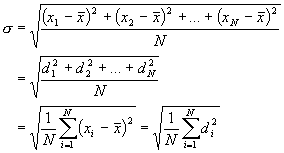
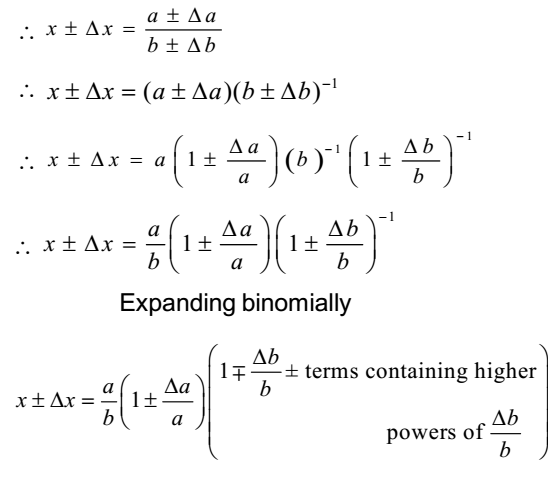



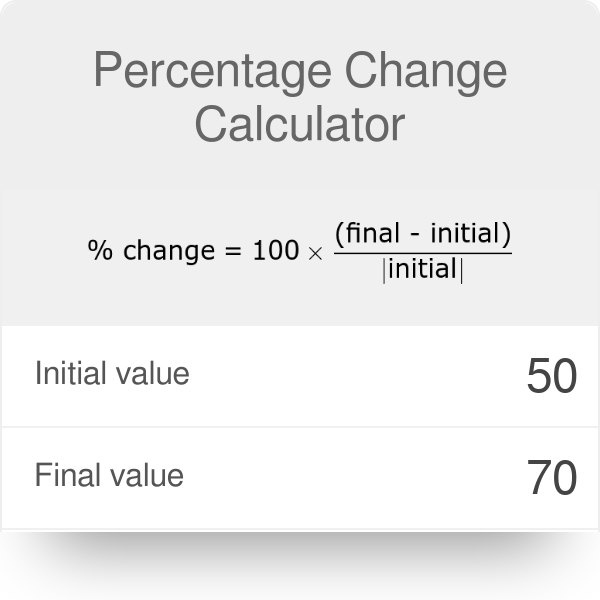



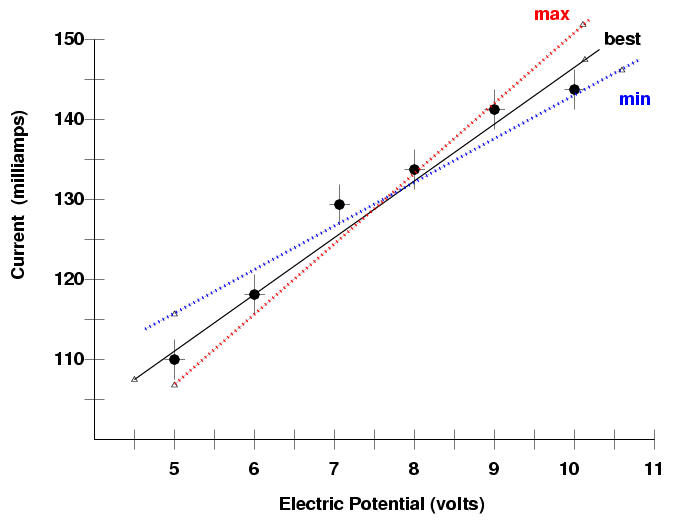

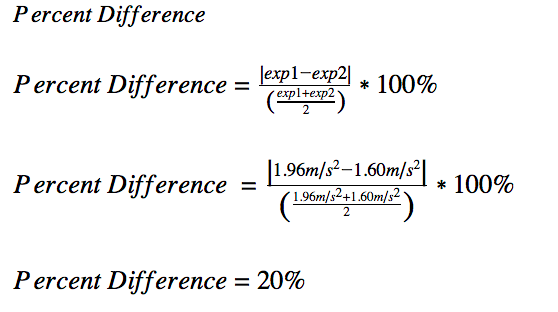
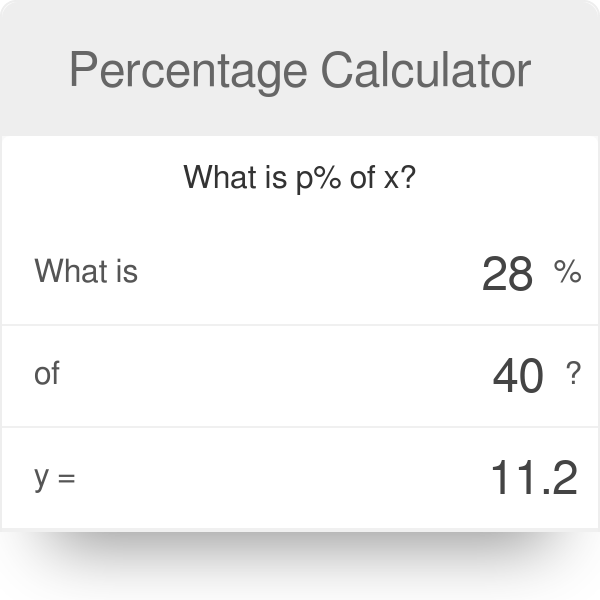


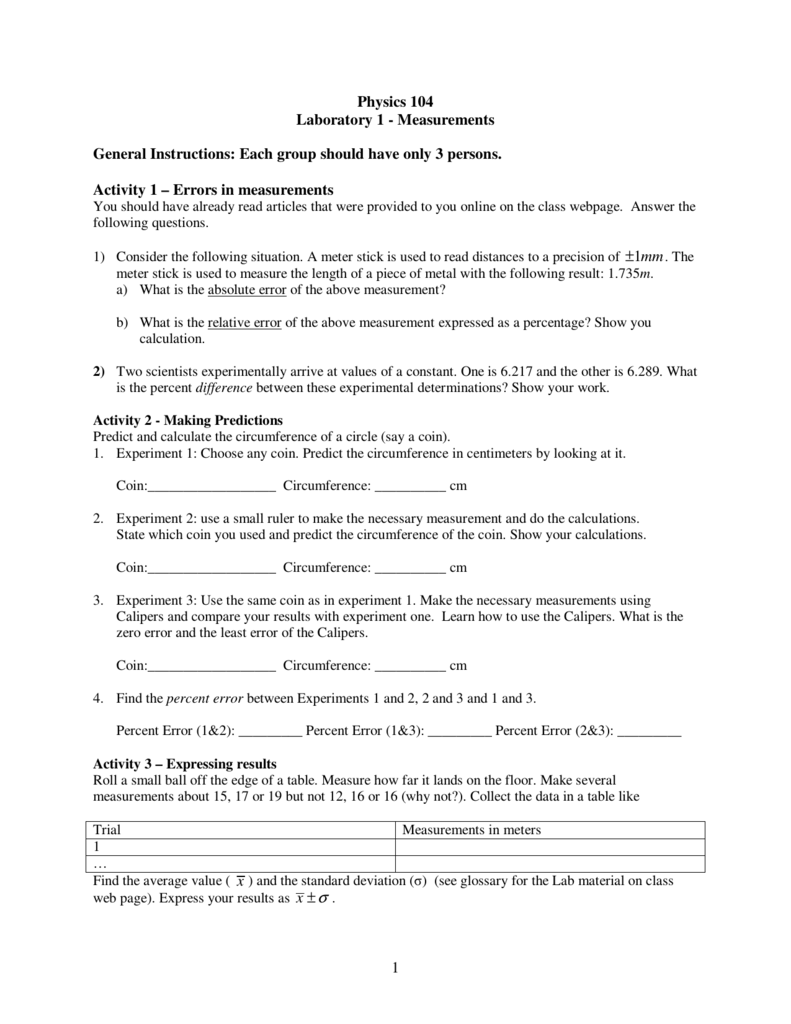
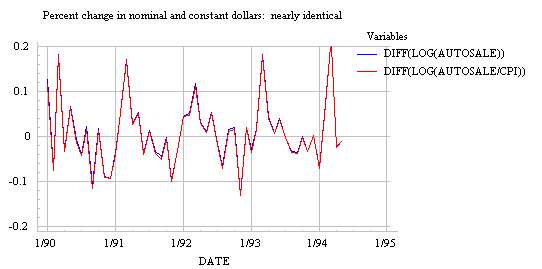


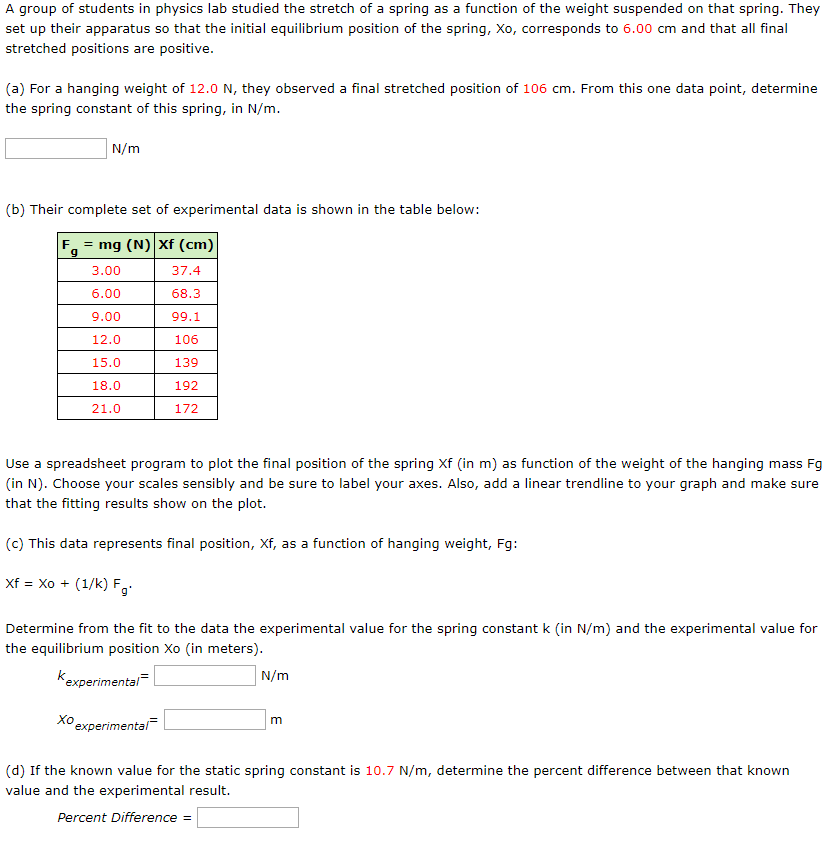

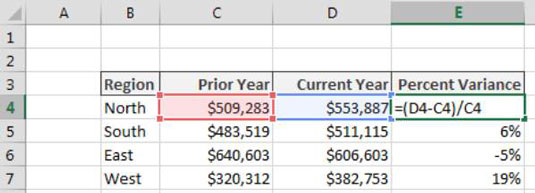
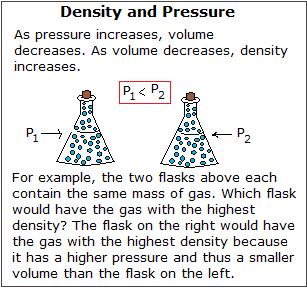

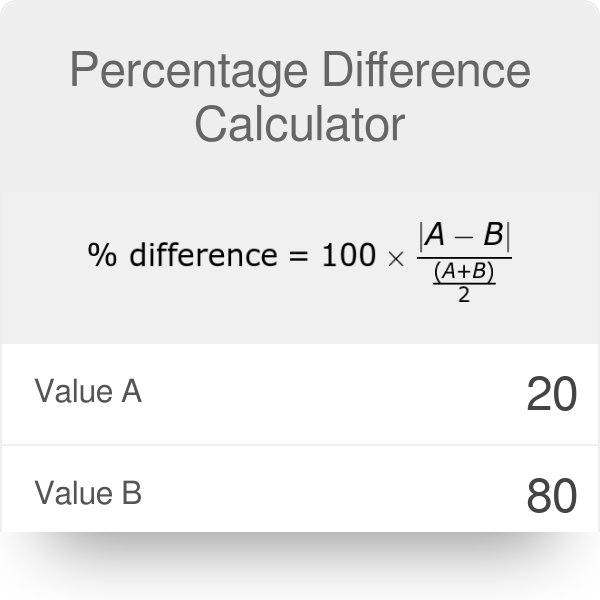









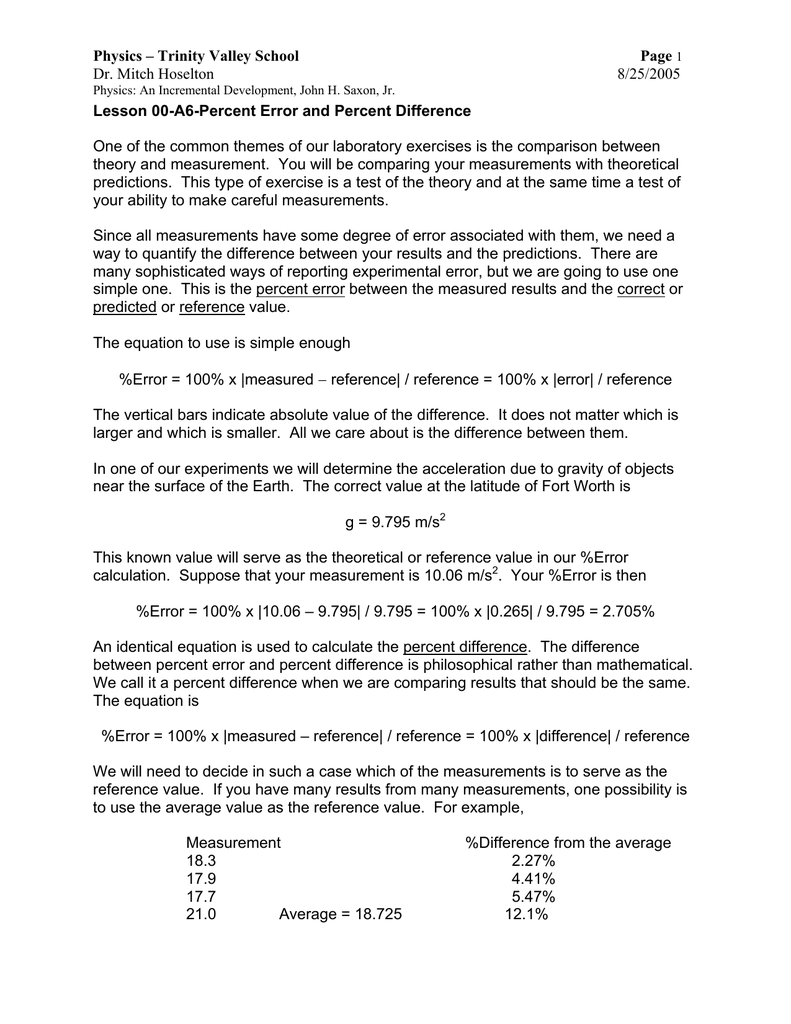
/how-to-calculate-percent-error-609584_final-97d164b04ae647bc887f285cd95a3a71.png)
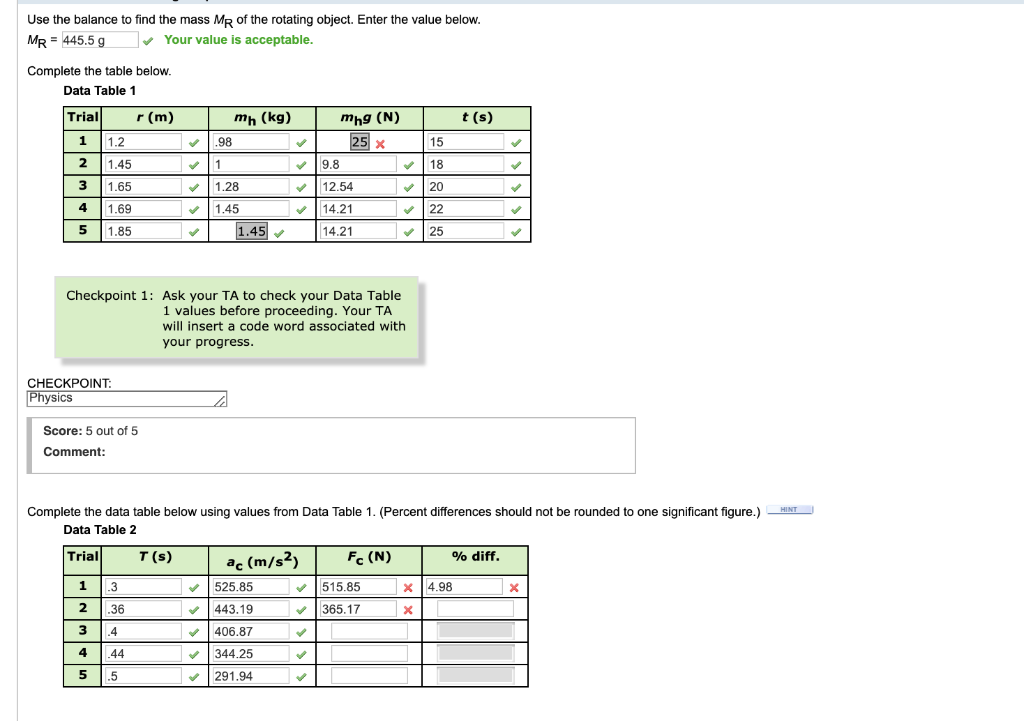
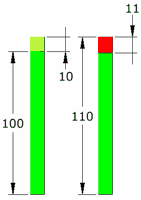

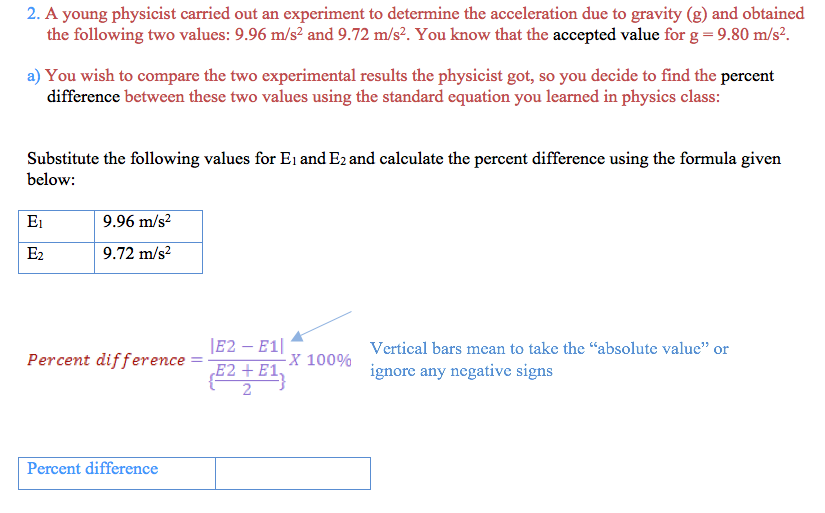
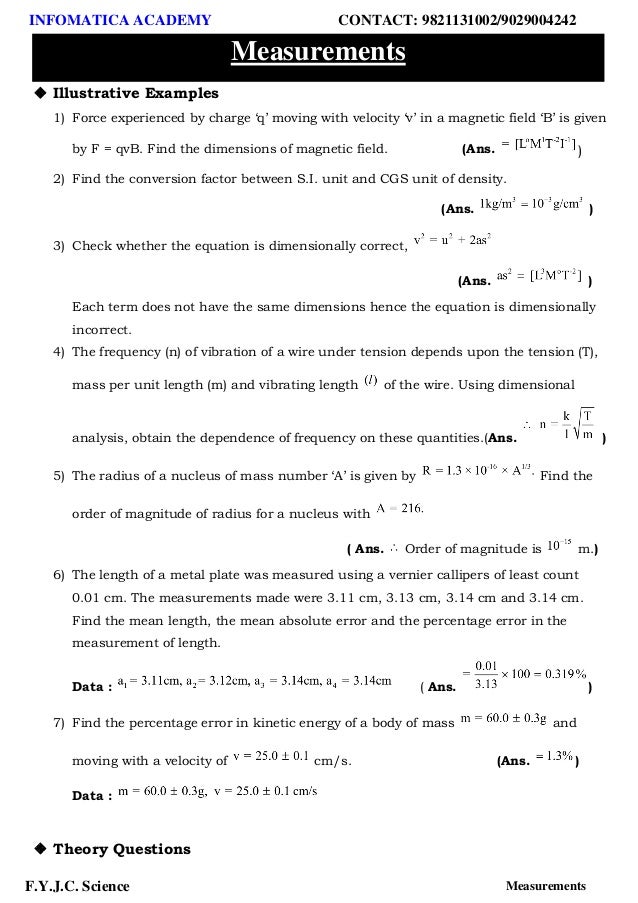






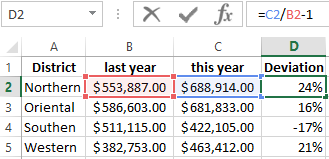
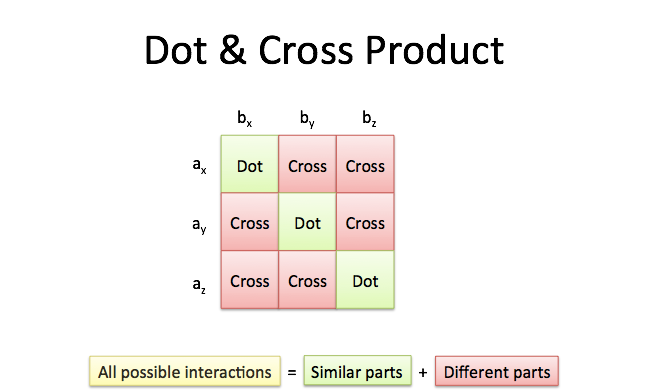


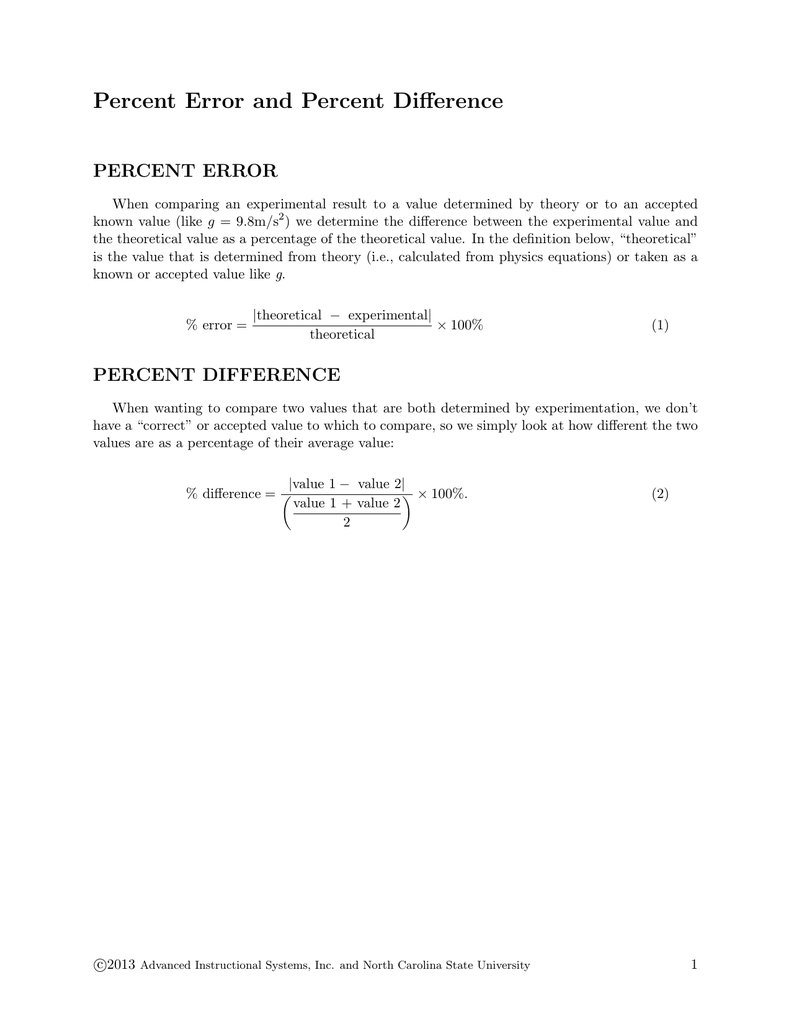
/mass-percent-composition-example-609567_V2-01-89c18a9d30ea43b494d09b81f7ffefc1.png)
